The Hidden and Life-Threatening Dangers of Ritalin Abuse
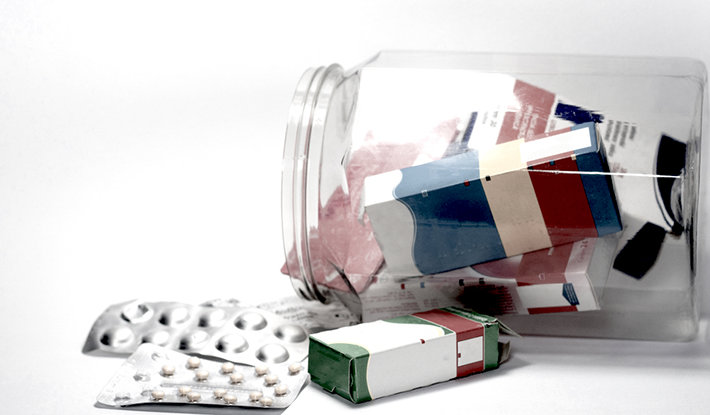
Ritalin is widely prescribed to both school children and adults, but some people abuse it non-medically for the cocaine-like high it produces. When they are later diagnosed with an early form of emphysema, they may realize that the thrill wasn’t worth the price.
In the last few decades, it has become popular to prescribe Ritalin (methylphenidate) as a solution for a young person who has difficulty focusing on tasks or studies. As more of this stimulant drug has gone into circulation, it’s not surprising that there has been an ample supply for youth who might want to abuse it. It’s doubtful that those young people have any clue how much abusing this drug could damage their health.
Ritalin’s History and the Effects of Abuse
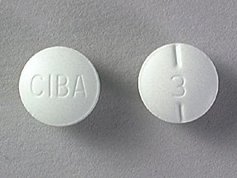
Even though Ritalin has been on the market since the 1950s, prescribing greatly increased in 1991. That same year, the first incident of snorting Ritalin (intranasal use) was reported. Four years later, snorting by health professionals and adolescents was reported by the Drug Enforcement Administration, along with intranasal use resulting in deaths. By 1998, it was reported that 16% of students were abusing this drug.
Young people quickly learn that Ritalin is a stimulant with similar chemical composition to cocaine. And when it’s crushed and snorted, it works as quickly as cocaine and provides a similar high. The mental effects of abusing cocaine and Ritalin are quite similar, including nervousness, agitation, paranoia, hallucinations, delusions, violence and suicide. It’s also addictive.
Actually, aside from addiction and harsh mental effects, a whole other type of severe and even life-threatening harm is created among those who misuse this drug by injecting it. Scientists have known about it for years. But you’d have a hard time finding any parent who’s ever heard of it.
The Effect of Intravenous Ritalin Use on the Lungs

When a person misuses this drug by crushing it, mixing it with water and then injecting the solution, the effect on the lungs can be catastrophic. It can result in a condition called “Ritalin Lung.”
It turns out that injecting Ritalin gradually destroys the alveoli, the tiny air sacs in the lungs where oxygen is transferred to the blood. The result of this destruction is emphysema, a disease that is normally seen in people who have smoked tobacco products for many years.
But when a person becomes addicted to Ritalin and injects it, they may find themselves diagnosed with a “precocious” form of emphysema, meaning that it arrives much earlier than would be expected.
Could it be the talc in Ritalin pills that causes this problem? This was the thought for a while, that these tiny powdery particles caused obstructions in the lungs, destroying the alveoli. But further study showed that the injection of other drugs that contain talc did not result in the same lung damage.
In one study of 21 patients who had been injecting Ritalin, their emphysema was determined to be mild in four cases, moderate in three and severe in the remaining 14 patients.
Can the abuse of Ritalin and the resulting lung damage be fatal? This sentence from a 1991 study of intravenous Ritalin abuse answers the question:
“The abuse pattern and symptoms of toxicity were similar to that seen with cocaine… and amphetamine… addiction; yet, the morbidity and mortality seen in this case series were greater than usual for a group of patients involved in intravenous drug abuse.”
“The abuse pattern and symptoms of toxicity were similar to that seen with cocaine… and amphetamine… addiction; yet, the morbidity and mortality seen in this case series were greater than usual for a group of patients involved in intravenous drug abuse.” (Morbidity=disease. Mortality=death.)
A Warning for Parents
When one child has a prescription for Ritalin, his friends know about it because this drug is often handed out by school nurses. The drug has a reputation for making unfocused youth better at their studies so other students may want to obtain their own (illicit) supply without telling either their parents or their doctor. It’s very common for a student with a Ritalin prescription to be asked by fellow students for some of their pills.
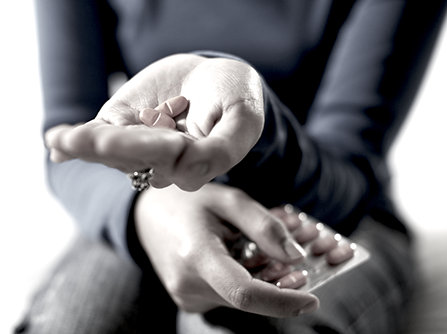
On college campuses, it’s notoriously easy to lay your hands on this drug. By 2015, a report in USA Today estimated that one-third of all college students had misused prescription medication at some point.
More than three million children are being prescribed one of the medications thought to help calm children who are overly active (despite the fact that the medications are stimulants). This means there are hundreds of millions of pills distributed each year. With so many pills around, any adolescent, teen or college student could be tempted to ask a friend for a few pills to try out.
If that temptation turns into a habit of injecting these drugs, a person who falls into this habit could end up destroying his lungs, his health and even his life.
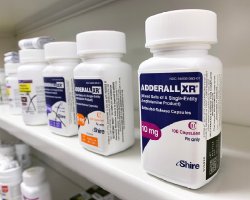
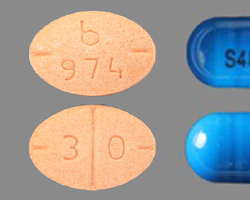
 ®
®